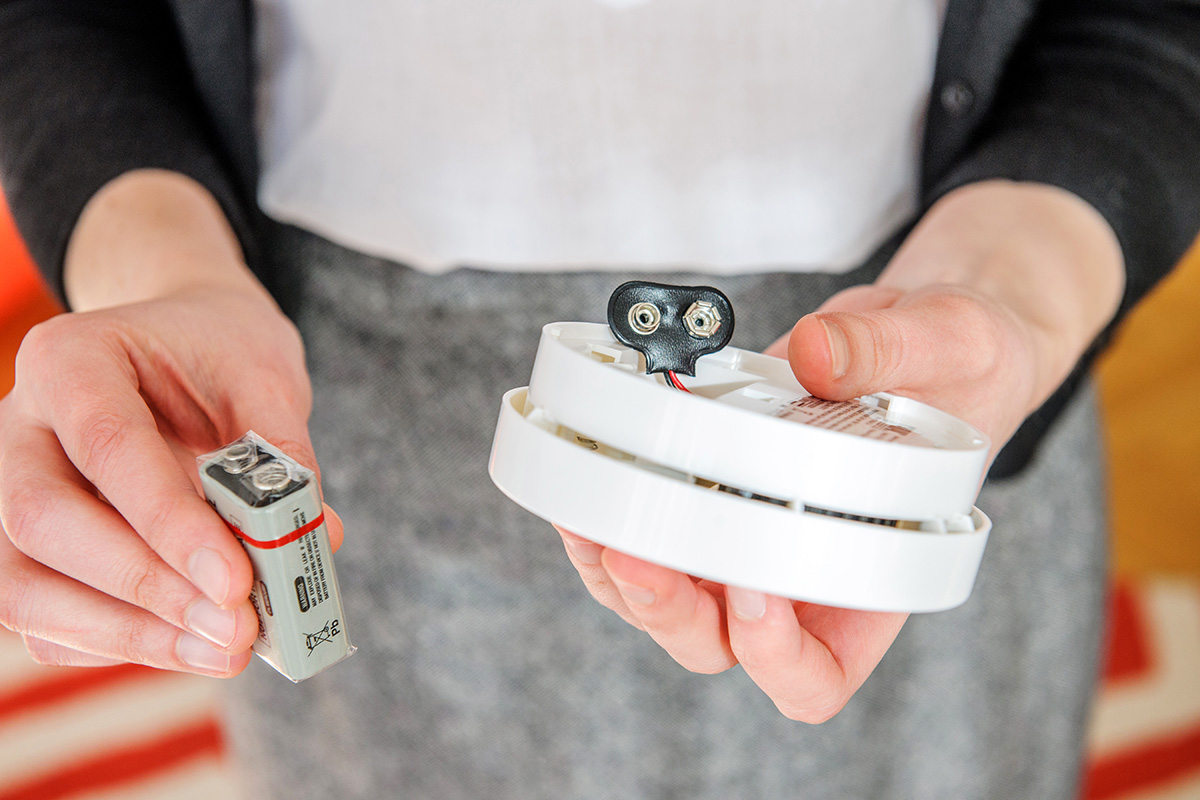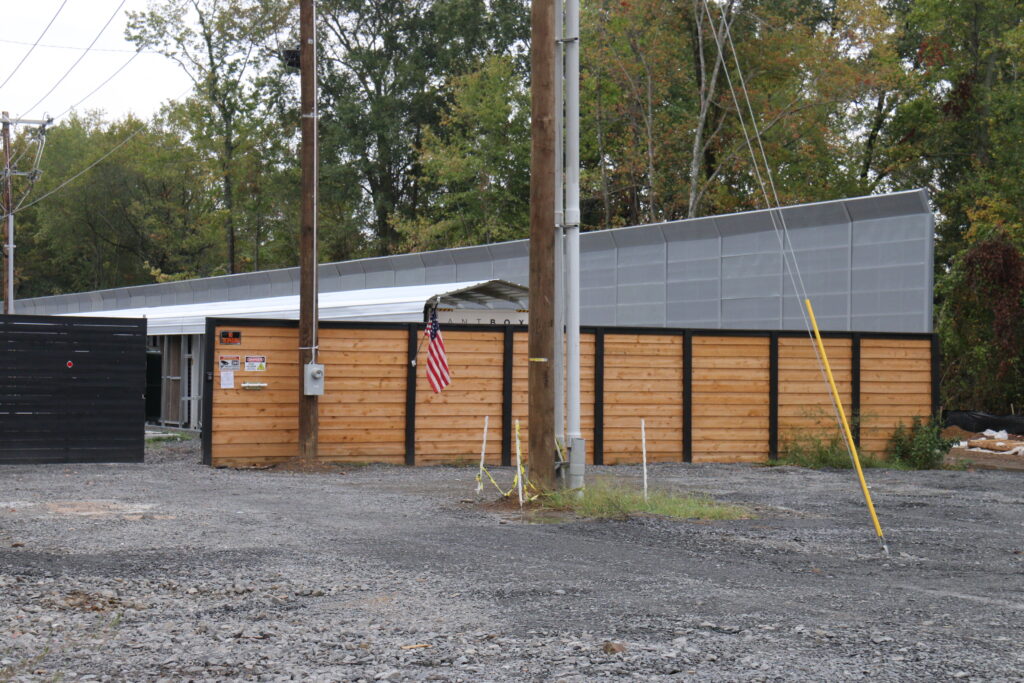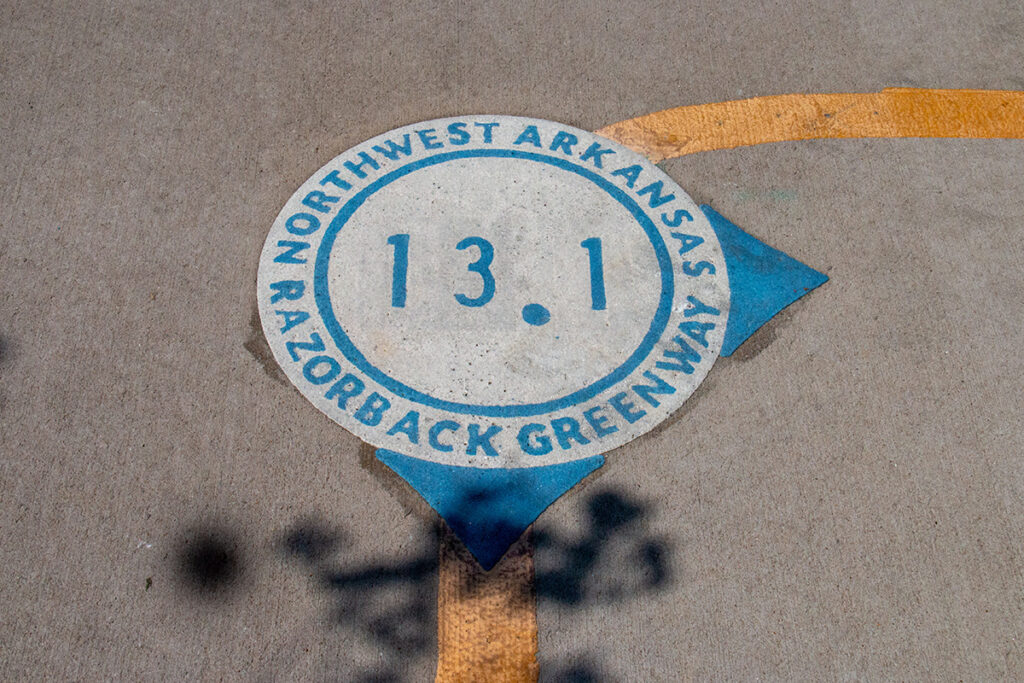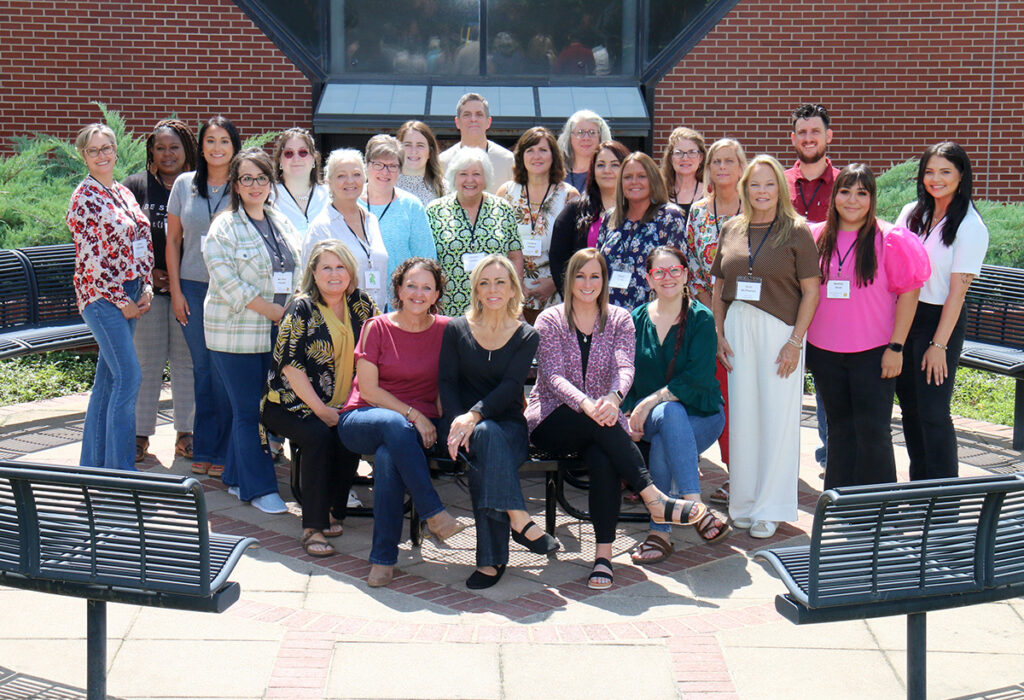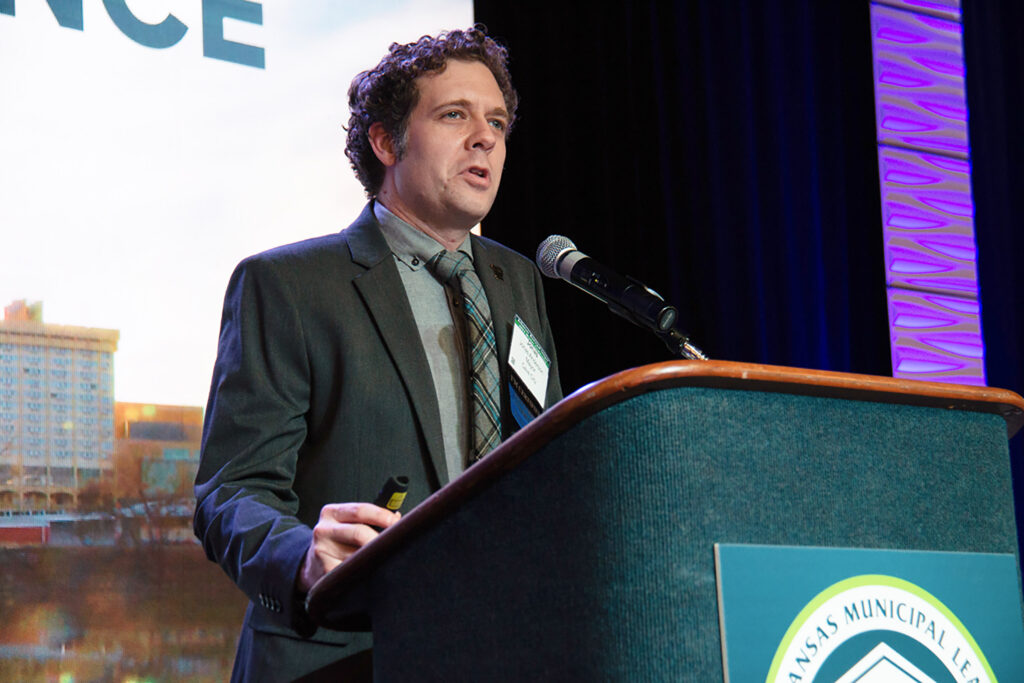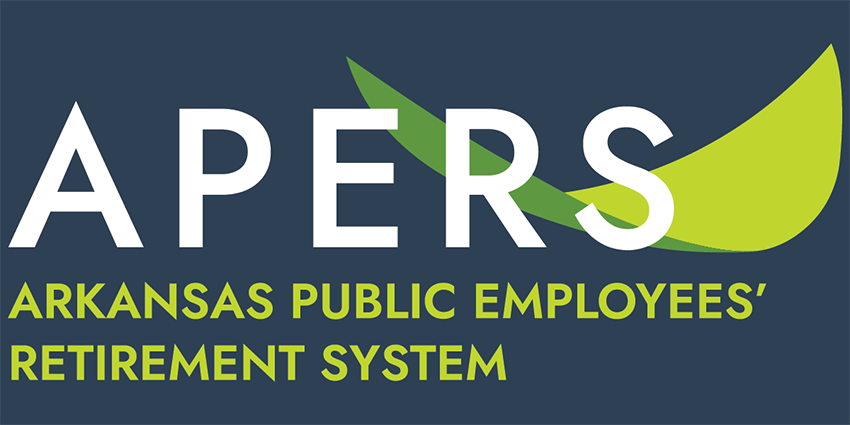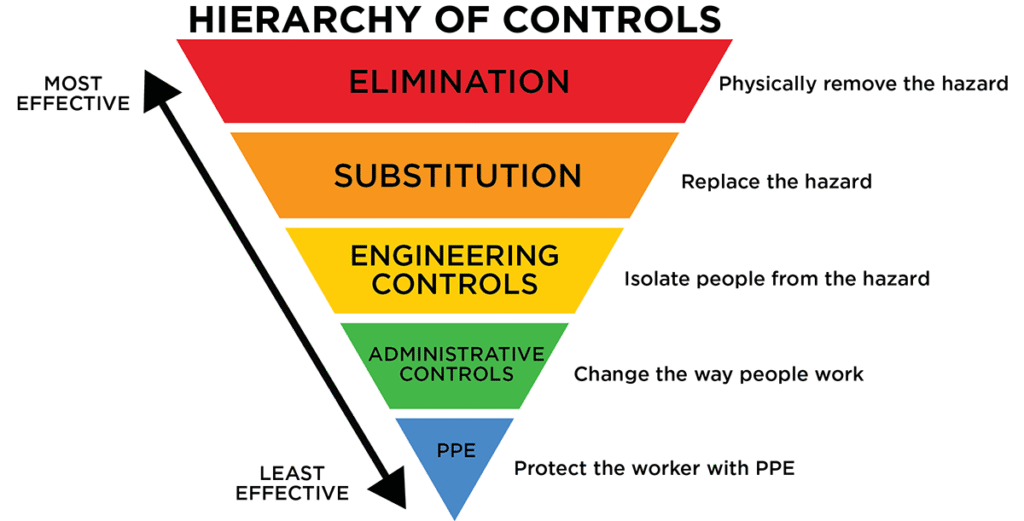For most of us, winter is a time when we try to stay indoors and enjoy the comforts and warmth of home. Unfortunately, it’s also a time when medical professionals see an increase in cases of carbon monoxide poisoning.
Carbon monoxide is a colorless, odorless gas produced when we burn fuel. Generators, furnaces, fireplaces and wood-burning stoves are common causes of carbon monoxide. In an enclosed or poorly ventilated area, this gas can build up and reach life-threatening levels for those who inhale it.
Anyone can get sick from carbon monoxide, but it can be especially harmful for infants, older adults and people with chronic illnesses. Carbon monoxide poisoning causes hundreds of deaths and thousands of hospitalizations each year in the United States. That’s why it’s so important that we recognize the signs of carbon monoxide poisoning and know how to prevent it in our homes.
Symptoms
Carbon monoxide poisoning occurs when the gas accumulates in a person’s bloodstream, replacing the oxygen that is normally carried by red blood cells. This can inhibit the delivery of oxygen to vital organs and tissue, raising the risk of severe complications or death.
The most common symptoms of carbon monoxide poisoning include headache, dizziness, nausea and vomiting. In severe cases, it can also lead to low blood pressure and loss of consciousness.
Many of these symptoms mirror those of the flu or other viral illnesses, which can make it difficult to recognize the signs of carbon monoxide poisoning. That is one of many reasons why the following prevention tips are so important.
Prevention
One of the best things you can do to protect your home is to make sure you have working carbon monoxide detectors on every floor. It’s easy to install detectors and forget about them, but they can only help us if they’re in good working order. Make a habit of checking the batteries once a month, and remember to replace them every six months.
Please be aware that carbon monoxide detectors aren’t the same as smoke detectors. Although some companies produce combination sensors, you’ll often see these detectors separately. Each is essential to the safety of your household, but carbon monoxide detectors have only recently become standard in home construction. If you’re in an older home, then you should make sure you have both.
It’s also important to ensure that fuel-burning items are working properly and have adequate ventilation if you’re using them in or near your home. You should have furnaces, fireplaces and chimneys inspected regularly, and generators should be kept at least 20 feet away from the house.
If your carbon monoxide detector activates, or if you’re concerned that you might have a buildup in your home, then I’d recommend that you call your local fire department. Those agencies typically have the equipment to test for carbon monoxide and find its source.
Treatment
In an emergency involving carbon monoxide poisoning, you should go outside immediately and get some fresh air. Removing yourself from the site of exposure will help you inhale more oxygen to replace the carbon monoxide in your system. If someone collapses or if it’s not possible to safely leave the house, then open a window to allow clean air to circulate.
It’s always best to call 911 if you or someone you know feels ready to collapse or is experiencing chest pain, shortness of breath or other concerning symptoms. You’ll need to get to a hospital so you can be examined for carbon monoxide poisoning, and those who have severe symptoms might need to be treated with oxygen masks.
Even if you don’t feel like you’re suffering from severe symptoms, you should seek medical attention as soon as possible. Limited exposure and quick treatment give you a better chance of reversing the effects of carbon monoxide poisoning.
Ari Filip, M.D., is medical director of the Arkansas Poison and Drug Information Center and an assistant professor in the University of Arkansas for Medical Sciences (UAMS) College of Pharmacy. If you are concerned over potential exposure to a toxic substance, please call the Arkansas Poison Center at 1-800-222-1222.

